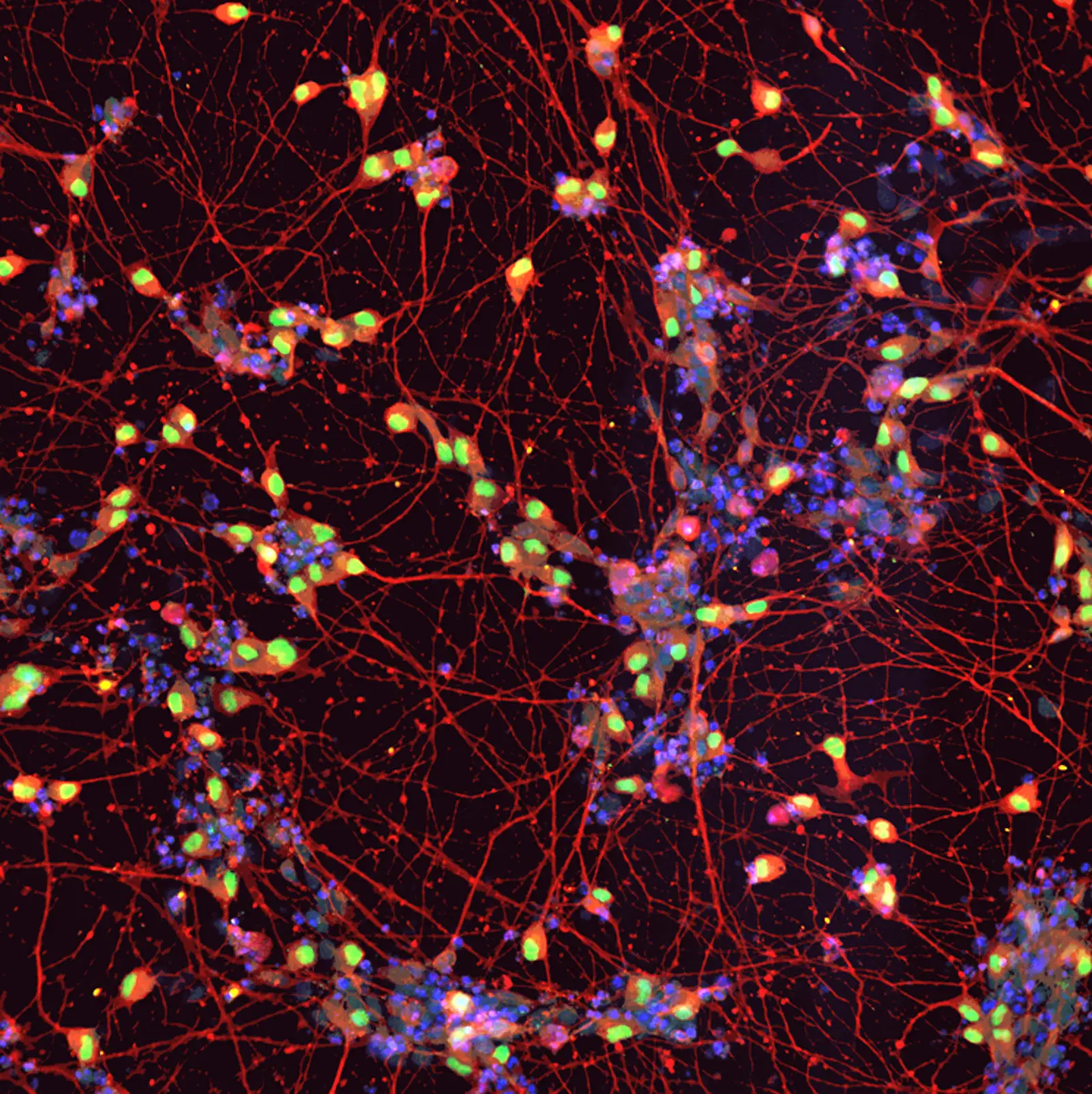Summary of ALS Breakthrough – Parkinson’s Drug Safely Slows Disease Progression by Over 6 Months:
A recent clinical trial published in the journal Cell Stem Cell has shown that the drug ropinirole, typically used for Parkinson’s disease, is safe for ALS patients and can delay the progression of the disease. The study found that when administered to ALS patients, ropinirole could sustain daily activity and muscle strength. The drug was most effective when taken earlier and over a longer duration. Furthermore, the study used stem cells derived from the patients to individually predict the drug’s effectiveness. This method could potentially be used to tailor treatments for ALS patients.
– ALS, also known as Lou Gehrig’s disease, is a progressive neurological disorder with no cure
– Early clinical trials have shown that the Parkinson’s drug ropinirole is safe for ALS patients and can delay disease progression by an average of 27.9 weeks
– Scientists were able to predict the responsiveness of patients to the drug by using motor neurons derived from stem cells of the patients
– Ropinirole showed promising results in sustaining daily activity, muscle strength, and survival in ALS patients
– The drug’s effects on motor neurons were also observed, with ropinirole reducing structural and genetic differences in motor neurons from ALS patients
– This method of testing motor neurons from patient-derived stem cells could be used clinically to predict the effectiveness of the drug
ALS, also known as Lou Gehrig’s disease, is a devastating neurological disorder that gradually robs individuals of muscle control, leading to severe disabilities and, ultimately, death. Currently, there is no cure for ALS, and treatment options primarily focus on alleviating symptoms and providing supportive care. However, recent clinical trials and stem cell research breakthroughs offer hope for ALS patients and their families.
In a groundbreaking study published in the journal Cell Stem Cell, researchers have discovered that the drug ropinirole, typically used for Parkinson’s disease, is safe for ALS patients and can significantly slow down the progression of the disease. The results are unique and fascinating, shedding new light on the potential treatment options for this debilitating condition.
The study involved 20 patients with sporadic or non-familial ALS who had been living with the disease for an average of 20 months. These patients were administered ropinirole in a double-blinded trial, meaning neither the patients nor the doctors knew who received the drug and who received a placebo. The trial lasted for 24 weeks, after which all patients who wished to continue were given ropinirole openly for another 24 weeks.
The results were remarkable. Patients who received ropinirole throughout the trial showed greater physical activity levels, slower rates of mobility and muscle strength decline, and improved lung function. These patients also had a higher likelihood of survival than those in the placebo group. Interestingly, the benefits of ropinirole became more pronounced as the trial progressed, indicating that early and prolonged treatment with the drug may be vital to maximizing its effectiveness.
What makes this study even more significant is the use of motor neurons derived from the stem cells of ALS patients. By growing these motor neurons in the lab and testing their response to ropinirole, researchers could predict each patient’s clinical responsiveness to the drug. Patients whose motor neurons showed a robust response to ropinirole had a much slower disease progression. In contrast, those with a suboptimal response experienced a more rapid decline despite being on the medication.
This breakthrough understanding of the drug’s mechanism of action offers hopes for more personalized and effective treatment options for ALS patients. By using patient-derived stem cells to test the effectiveness of different drugs, researchers could potentially tailor the treatment to each individual, maximizing the chances of success.
Moreover, the study also provided insights into the molecular markers and gene expressions associated with ALS. Motor neurons grown from ALS patients exhibited distinct structural and genetic differences compared to healthy motor neurons. However, the administration of ropinirole reduced these differences, indicating a potential therapeutic effect on the disease. TIdentifyingmarkers such as lipid peroxide may enable clinicians to estimate the efficacy of ropinirole and monitor its effects more accurately.
While these findings offer great promise, further research and clinical trials are needed to confirm the effectiveness of ropinirole as a treatment for ALS. The researchers are planning a phase 3 trial to gather more data and validate their initial findings. This continued dedication to finding a cure for ALS brings hope to the millions of individuals and families affected by this challenging disease.
The ALS breakthrough and the use of patient-derived stem cells to predict drug effectiveness showcase the incredible potential of technology and research in transforming lives. The combination of scientific advancements and personalized medicine opens up new doors for individuals with ALS, offering hope where there was once despair.
As we celebrate these remarkable achievements in medical science, let us also remember the resilience and courage of ALS patients participating in these trials. Their bravery and determination make these breakthroughs possible, and their stories inspire us to continue pushing the boundaries of what is possible in treating and eventually curing diseases like ALS.
In conclusion, the ALS breakthrough involving ropinirole and the use of patient-derived stem cells is a significant step forward in the fight against this devastating neurological disorder. The study demonstrates the drug’s safety and potential therapeutic effect and pioneers a new approach to predicting drug responsiveness using patient-specific motor neurons. Through ongoing research and clinical trials, we move ever closer to finding a cure for ALS and improving the lives of those affected by this relentless disease.

